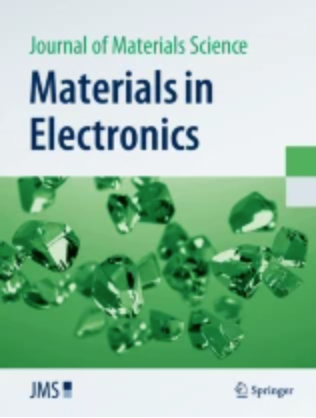Reduced graphene oxide/gold composite synthesis via laser irradiation for surface enhanced Raman spectroscopy biosensors
Abstract
Using SERS nanoplasmonic biosensors are attracting increasing interest due to their high sensitivity and non-destructive nature. Herein, we study the performance of reduced Graphene Oxide/Gold (rGO@AuNPs) biosensors, synthesized through a novel photoreduction method, for DNA detection applications. A parameter-controlled femtosecond laser approach has been proposed as a cost-effective, chemically stable, and suitable method for mass producing defect-free graphene sheets. Additionally, the laser-based rGO@AuNPs biosensor achieved an excellent enhancement factor and LOD of 105 and 10–7 M, respectively. SEM and TEM imaging were utilized to assess the morphology of rGO@AuNPs nanocomposites. Moreover, the optical properties of the nanocomposite before and after laser irradiation were studied using ultraviolet–visible spectroscopy, which showed a shift in peak wavelength from 228 to 268 nm after laser irradiation. Zeta potential measurements were conducted to analyze the ratio between GO and rGO, and it was found that use of lasers resulted in a reduction of 21% in GO oxygen content. As a proof of concept, the proposed biosensor was functionalized with 24-mer DNA to detect the complementary DNA probe at three concentrations 10–7, 10–6, and 10–5. This easy-synthesized advanced SERS nanoplasmonic biosensor is highly promising for early cancer diagnosis in the foreseeable future.


 求助内容:
求助内容: 应助结果提醒方式:
应助结果提醒方式:


